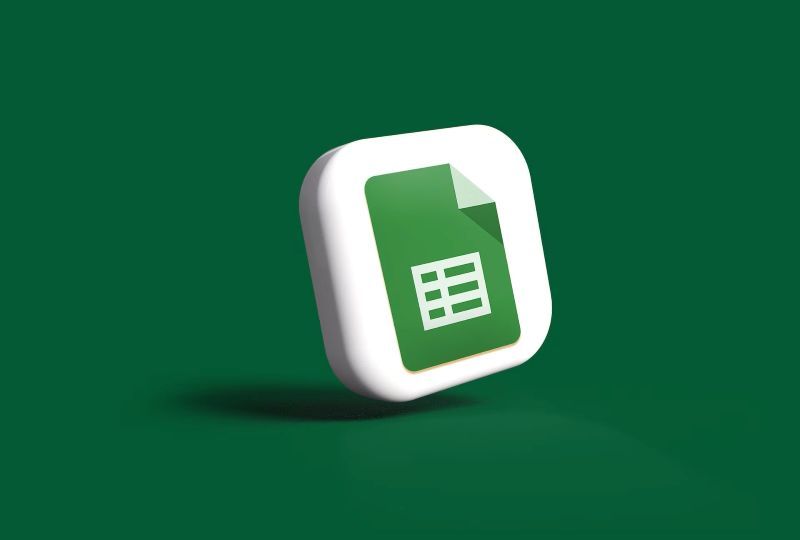

Are you ready to boost your productivity and organize your studies with a digital study planner? Let's learn more about this topic below with Iron Snout, a fun game that can help you take quick study breaks. Creating a digital study planner in Google Sheets is easier than you might think.
The first step in creating your digital study planner is to open Google Sheets and start a new spreadsheet. Give your planner a name that's easy to remember and access. You might want to include the current semester or school year in the title for easy reference.
Once you have your blank spreadsheet open, it's time to start designing your planner. Begin by creating separate tabs for different aspects of your study routine. You might have tabs for daily schedules, weekly overviews, assignment trackers, and long-term project planning.
Consider color-coding your planner to make it visually appealing and easier to navigate. You can use different colors for various subjects or types of tasks. This will help you quickly identify what needs to be done at a glance.
Your daily schedule tab should include columns for the date, time slots, subjects or tasks, and any notes or reminders. You can create a template that you can copy for each day of the week. This allows you to plan your study sessions around your class schedule and other commitments.
Remember to include breaks in your daily schedule. Short breaks can help you stay focused and avoid burnout. You might even use these breaks to play a quick round of Iron Snout to refresh your mind before diving back into your studies.
The weekly overview tab should give you a bird's-eye view of your upcoming week. Include columns for each day of the week and rows for different time slots. This is where you can plan out your study sessions, assignments, and other important activities for the week ahead.
Use conditional formatting to highlight important deadlines or exam dates. This feature in Google Sheets can automatically change the color of cells based on their content, making it easy to spot crucial dates at a glance.
An assignment tracker is an essential component of any study planner. Create a tab dedicated to keeping track of all your assignments, their due dates, and their completion status. Include columns for the course name, assignment description, due date, and completion status.
You can use dropdown menus in Google Sheets to create a status column with options like "Not Started," "In Progress," and "Completed." This allows you to quickly update the status of each assignment as you work through them.
For long-term projects, create a separate tab where you can break down the project into smaller tasks. Include columns for task descriptions, deadlines, and progress tracking. This will help you stay on top of larger assignments and avoid last-minute cramming.
One of the advantages of using a digital study planner is the ability to easily track your progress over time. Create a tab dedicated to monitoring your study habits and academic performance. You can include charts and graphs that visualize your study time per subject or your grades throughout the semester.
Use Google Sheets' built-in formulas to calculate your average study time or grade point average automatically. This can help you identify areas where you might need to focus more attention or adjust your study strategies.
Include a section in your planner for setting and tracking your academic goals. These could be short-term goals like completing a specific assignment or long-term goals like achieving a certain GPA. Regularly review and update your goals to stay motivated and focused on your academic success.
You can use checkboxes in Google Sheets to mark off completed goals. This provides a visual sense of accomplishment as you work towards your objectives. Remember to celebrate your achievements, no matter how small they may seem.
The beauty of creating a digital study planner in Google Sheets is the ability to customize it to fit your specific needs and preferences. Don't be afraid to experiment with different layouts and features until you find what works best for you.
Consider adding a tab for note-taking during your study sessions. This can be a quick and easy way to jot down important information or questions you want to follow up on later. You can even link these notes to specific assignments or subjects in your planner.
If you're working on group projects, create a collaborative tab where team members can update their progress and share information. Google Sheets allows multiple users to edit the same document simultaneously, making it an excellent tool for group work.
Incorporate time management techniques into your planner to boost your productivity. For example, you could use the Pomodoro Technique, which involves studying for 25-minute intervals followed by short breaks. Create a timer within your planner using Google Sheets' time functions to help you stick to this method.
Another useful feature is a task prioritization system. Use a column to rank your tasks by importance or urgency. This can help you focus on the most critical assignments first and ensure that nothing important slips through the cracks.
To get the most out of your digital study planner, it's important to maintain and update it regularly. Set aside time each week to review your planner, update your progress, and plan for the week ahead. This regular review will help you stay on top of your studies and make any necessary adjustments to your schedule.
Consider creating a backup system for your planner. While Google Sheets automatically saves your work, it's a good idea to periodically export your planner as an Excel file or PDF for offline access. This can be particularly useful during exam periods when you might not always have internet access.
As you progress through your academic journey, your study needs may change. Be prepared to adapt your planner accordingly. You might need to add new sections, remove ones that are no longer relevant, or adjust your time management strategies.
Take advantage of Google Sheets' more advanced features to enhance your study planner. Use conditional formatting to highlight approaching deadlines or assignments that are overdue. This visual cue can help you stay on top of your workload and avoid missing important due dates.
Explore the use of data validation to create dropdown menus for common entries. This can save time and ensure consistency in your planner. For example, you could create a dropdown list of all your subjects, making it quick and easy to assign tasks to specific courses.
Consider using Google Sheets' mobile app to access your planner on the go. This allows you to check your schedule, update task statuses, or add new assignments from anywhere, ensuring that your planner is always up to date.
Creating a digital study planner in Google Sheets is a powerful way to organize your academic life and boost your productivity. By customizing your planner to fit your specific needs and leveraging the various features of Google Sheets, you can create a tool that not only helps you stay on top of your studies but also adapts to your changing academic requirements.
Remember, the key to success with any planner is consistency. Make updating and reviewing your planner a regular part of your routine. With practice, it will become second nature, and you'll find yourself better equipped to handle the challenges of your academic journey.
As you become more comfortable with your digital study planner, don't be afraid to get creative. You might discover new ways to use Google Sheets that can further enhance your planning and studying experience. And when you need a quick break from all that planning and studying, a quick game of Iron Snout might be just what you need to recharge your batteries before diving back into your work.
With your new digital study planner in Google Sheets, you're well on your way to academic success. Stay organized, stay focused, and remember to celebrate your achievements along the way. Happy studying!